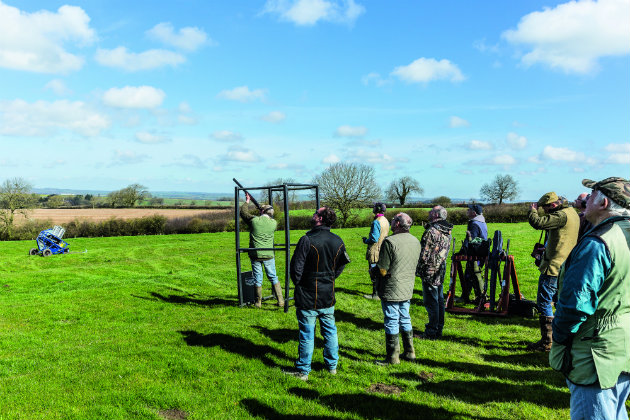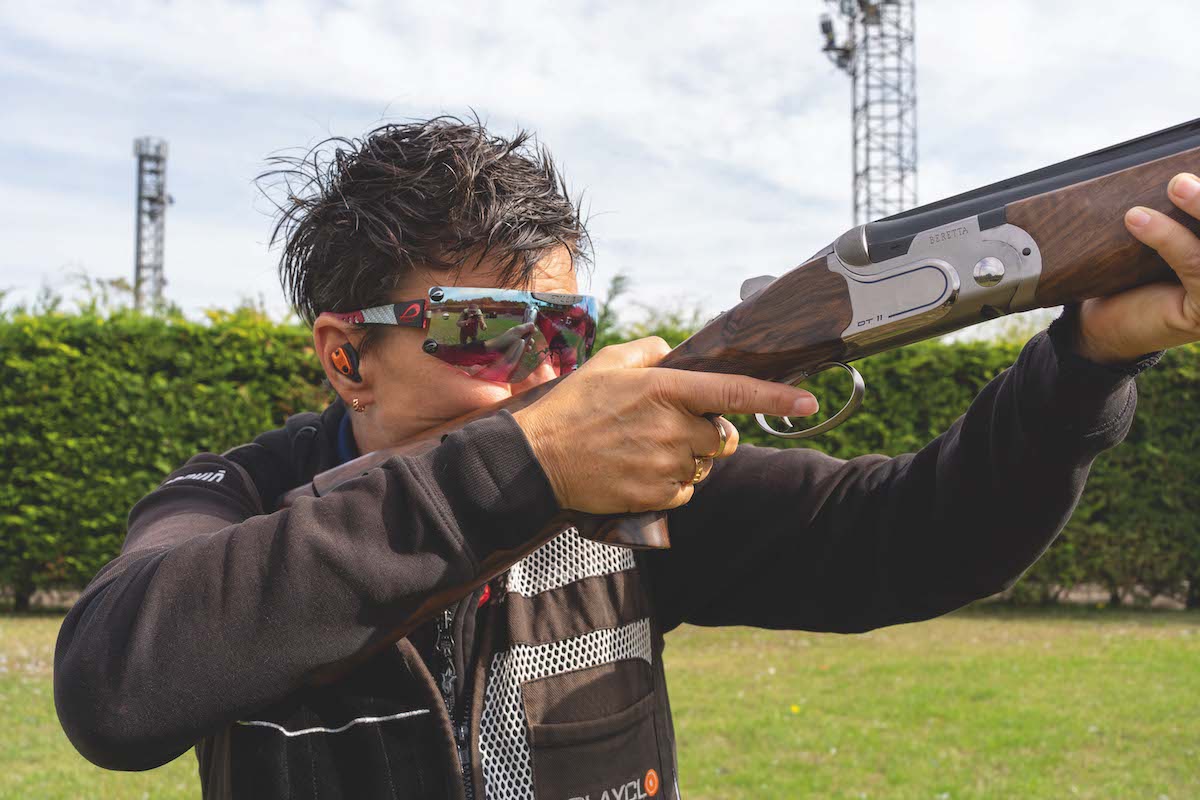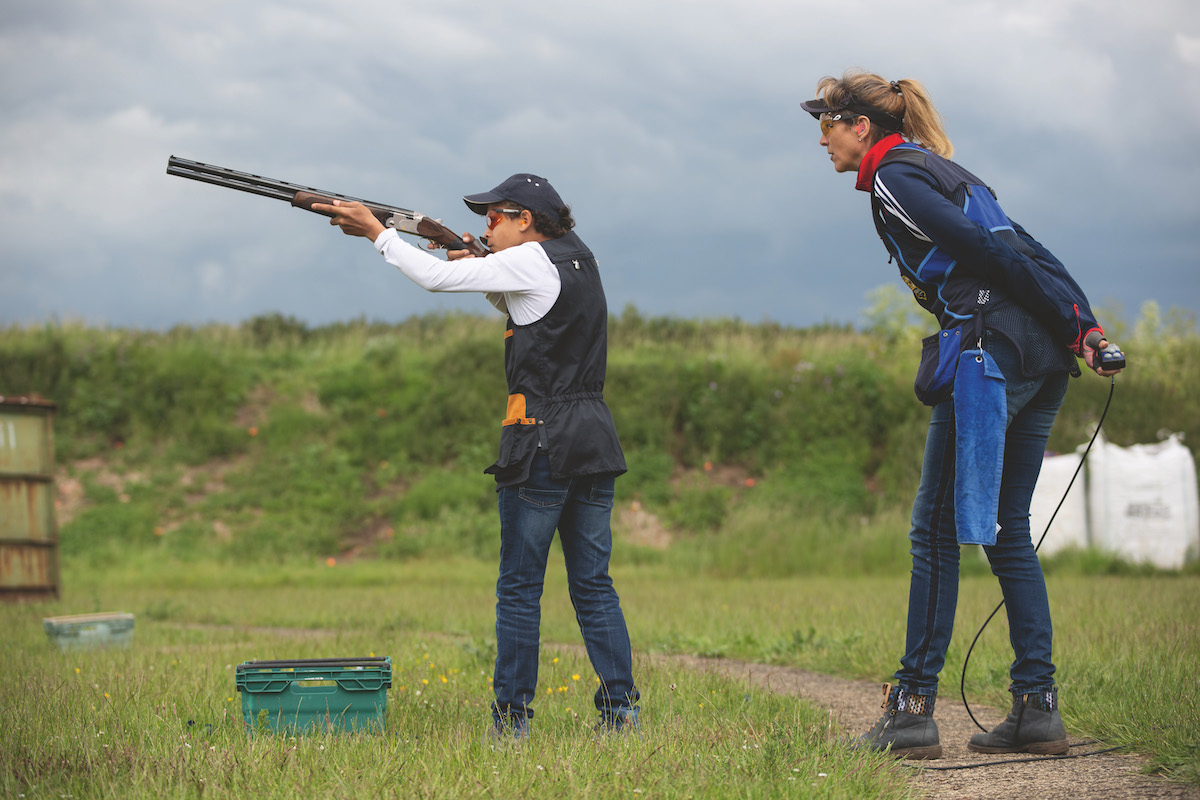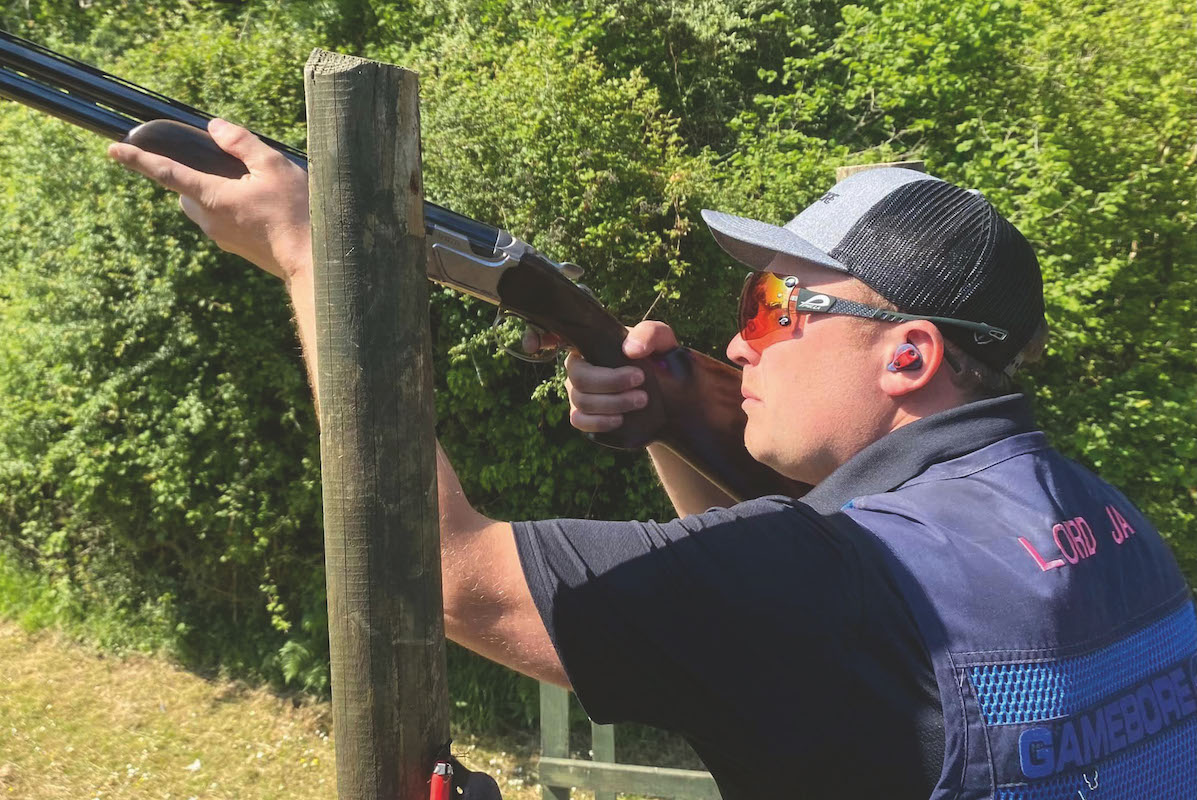Organising charity clay days
A vital source of funding from everything from the local hospital to the county air ambulance. If you're considering hosting one, here is some essential advice

Which will be voted best clay gun?
Every year charities are the beneficiaries of clay shoots. They are a fantastic and fun way for people to get together and raise money for the organisations of their choice and can bring in substantial amounts.
Organising such events can appear to be a bureaucratic minefield, but the hoops that organisers have to jump through are essentially common sense measures.

In 2008 the Royal Berkshire Shooting School helped raise £420,000 in one day in aid of The Variety Club and Great Ormond Street Hospital, a UK record.
Before you start
Anyone contemplating running a charity day needs to bear a couple of things in mind before beginning: Get a Section 11(6) permission under the 1968 Firearms Act from your local police firearms department. This allows non-certificate holders to be in possession of ammunition and a shotgun under supervision. Most police authorities follow Clay Pigeon Shooting Association (CPSA) guidelines when issuing this certificate, either in permanent or temporary form, and may seek proof of insurance, existence of a risk assessment and the competence of those supervising. From the CPSA perspective that means a qualified instructor. The land you intend to shoot over must also be in the control of the shoot organiser or they must have permission for shot fallout to land there. Lastly there must be no bridleways or footpaths crossing your exclusion zone.
Insurance is essential
It’s definitely worth having a word with the neighbours, particularly if you are planning on shooting on a Sunday or into the evening in an area where you don’t normally shoot clays. It’s also absolutely essential to investigate insurance: you have a responsibility for everyone attending, as such you need good public liability cover.
These may seem like common sense measures to the safety-conscious shooter, but it pays to follow correct procedure. Importantly, if anything should happen, proper consideration of these factors helps prove the event was being run responsibly and that sensible measures had been put in place in advance to minimise danger to the very members of the public attending to help raise vital funds for charity.
Getting publicity
One final point. If you are planning on running a charity clay day, don’t forget to publicise it, both before and afterwards. If your event has raised thousands of pounds for a deserving cause, it’s well worth taking a photo and sending it, together with a small press release about the day, to your local newspaper, radio or television station. Magazines such as Shooting Times also welcome such reports, but remember you are preaching to the converted. And don’t forget to copy your local MP in on any correspondence to push the point. You can also set up a Facebook page to showcase the event.
Practical Considerations
Below are a number of factors to consider when running your own clay day, based on advice from the CPSA. The overriding factor is safety, to which the majority of these guidelines relate. Please note, these guidelines are prepared with smaller ‘straw bale shoots’ held on agricultural land in mind, and not for larger-scale operations or frequent events.
Site:
For one- or two-trap shoots, a minimum area of 10 to 15 acres is required; larger shoots will need double the acreage. All spent shot and clays must fall into areas under the control of the shoot operator. The shooting area should have no public footpaths, bridleways and so on running through it. Proximity to housing, farm buildings and livestock should also be factored in, both for safety and noise considerations.
Planning:
On agricultural land activities such as shoots can be held on 28 days in any given year. Shoots in other areas, such as on a golf course or hotel, may require planning consent first. Check with your local planning office.
Noise:
The environmental health officer at your local council should be contacted to consider the likelihood of a noise nuisance.
Risk assessment:
Any event with more than five people as employees (paid or not) must have a written risk assessment protocol in place beforehand. This will include such details as First Aid policies and will identify potential hazards. You will find a Government guide to risk assessments here.
Unless all shooters hold shotgun certificates, a police permit under Section 11(6) of the 1968 Firearms Act will be required to allow non-certificate holders to be in possession of a shotgun under supervision. Ask your local police Firearms Licensing Department for details. Private events may take place in the landowner’s presence, provided he or she is a certificate holder.
Insurance:
Ensure you obtain third party liability cover for a minimum of £2,000,000 for any single accident. Shooting organisations will all be able to recommend specialist insurance brokers for this if your own insurer will not cover you.
On the day
Traps:
A charity day may be run on the strength of manual trappers; fully-automatic traps are not necessary. Safe siting (perhaps including shot barriers) is essential, as are preparatory work and a full tool kit. A system of red and green flags or radios will enable you to keep in
contact with trappers.
Shooting positions:
It is a sensible precaution to site shooters within a temporary enclosure, restricting their arc of fire. These can be made from any material, but straw bales may be helpful in reducing noise.

Ear and eye protection is crucial
Eyes and ears:
All those within 20m of the firing position must wear eye and ear protection.
Exclusion zones:
The CPSA recommends an exclusion zone of at least 275m in each direction.
Post notices:
Prepare warning posters advising that guns must be unloaded, broken or in sleeves unless on the firing point, and pointed down-range when on the firing point.
Falling clays:
Be aware of where your clays break. It is wise to encourage attendees to wear caps.
One in the sun:
Both for enjoyment and safety, try not to have shooters facing into the sun. Typically this means having them face north to north-east.
Cartridge safety:
Ensure all shooters and loaders empty ALL their pockets before tipping in fresh boxes of cartridges. 12/20-bore cartridge accidents can and do happen when loaders and Guns are distracted.
Charitable concerns:
Do check first that the charity for which you have chosen to raise funds is happy to be associated with your event. Some, particularly medical research charities, occasionally have genuine legitimate concerns at being associated not with clayshooting particularly, but occasionally with the game shoot behind it. Also determine whether the charity has the resources to offer you any practical assistance with organisation and advice on running the day. They may have invaluable experience and good ideas for local sponsors of your event.
For more advice, contact the CPSA








